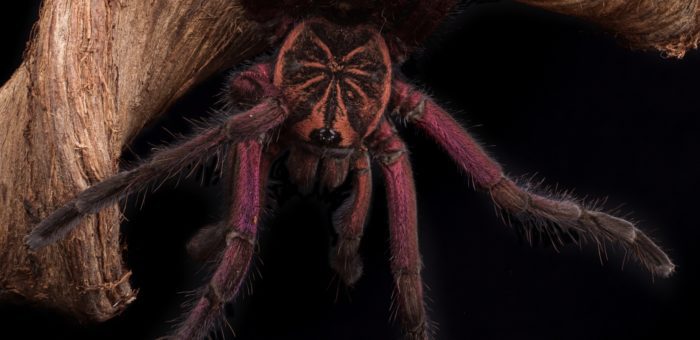“True” Tomato frogs
For many years the “true” Tomato frog has not been available in the trade, being listed as CITES 1 to protect them within their natural habitat. The species has now joined its closely related species Dyscophus guineti, downgraded to CITES 2, which allows sustainable trade more easily. This is good news! They occur in a small geographical area around Antongil Bay (hence the latin name) in Madagascar, up to around 200 metres elevation. Habitat includes tropical and sub-tropical lowland forests around marshes, slow moving rivers, plantations, parks and gardens in urban areas, ponds and drainage ditches. In captivity they do fine in a moderately warm terrarium of around 22-24C. They like to burrow, a substrate such as Arcadia EartMix or ProRep BioLife Forest will allows for this. They thrive in…

